I've split characters into 'core' and 'extended' types - core characters are those who are absolutely necessary for the game and extended family are characters who have been added to a characters' universe but aren't essential to the basic structure of the mascot platformer.
Core Family: Mascot Character / Protagonist
As the name "mascot platformer" might suggest, a mascot character or protagonist is the head of operations; they are the primary, sometimes only, playable character and the hero who saves the day from whatever evil has befallen their universe. They are the core element to gameplay; if there is no playable character then how is a player going to interact with the game? They are designed with typically likeable traits, simplistic shapes, bright but simple colour schemes and often cartoon-y, unrealistic proportions.
Core Family: Antagonist
There must also be an objective or a motive for beating the game - this motive is usually perpetrated by an antagonist. Antagonists exist to give a sense of purpose to why you're traversing levels and worlds to reach the end goal. The antagonist tends to be doing something immoral like kidnapping princesses or capturing animals for experiments - things that would have no real context without the Big Bad behind them.
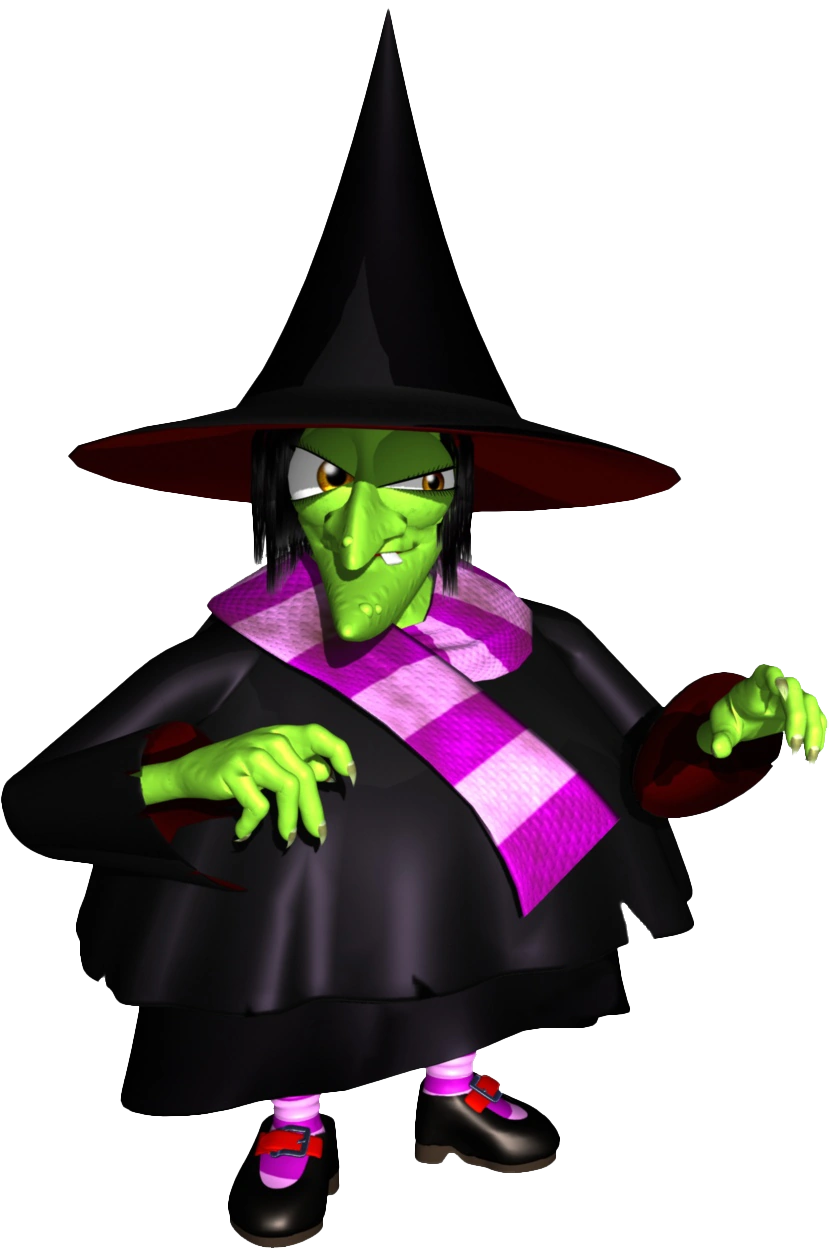
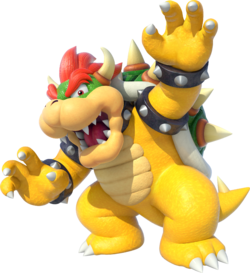
Core Family: Fodder / Boss
What would a platformer be without smaller challenges along the way (aside the movement and platforming itself)? That's the role of fodder and boss characters. Fodder are small, basic enemies who die quickly and are more of an inconvenience to the player than they are actually challenging. Boss characters are often encountered at the end of levels or worlds, they're stronger enemies that take several hits to die, they can be recurring entities, often have predictable attack patterns and are usually working for the antagonist.


The final core character type is the damsel in distress. Particularly in the earlier days of gaming, saving the princess/supposed love interest was a typical motivation for completion. However, the 'damsel in distress' is not always a person, it can be a creature/group of creatures or even an item that must be recovered from misuse in the wrong hands.
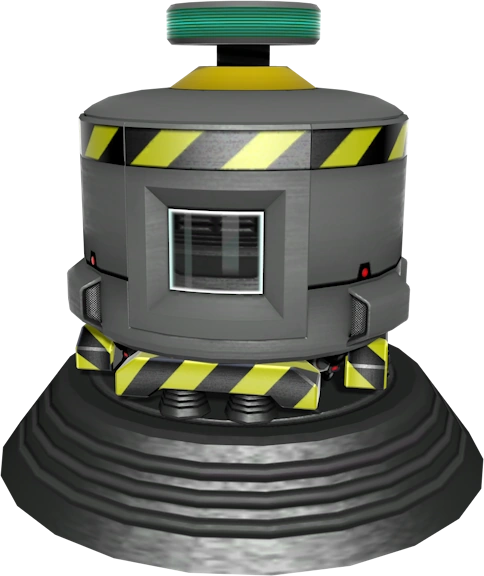

Extended Family: Love Interest
Typically - when the damsel in distress is a person - they and the love interest are the same character. A love interest is in place as a non-player character to cheer for the protagonist, it is someone they care deeply about. A love interest is often romantically involved with or pining after the protagonist, this is so that the player gets an ego boost which in turn motivates game completion.

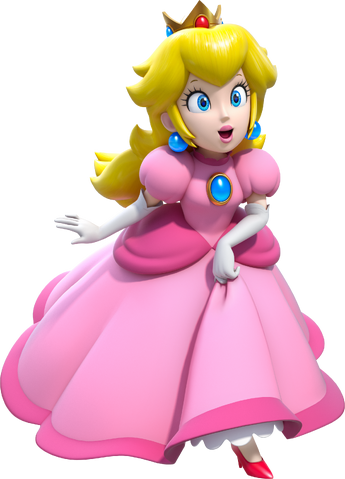
Extended Family: Secondary Protagonist
Secondary protagonists can offer new gameplay options, mechanics and gimmicks or sometimes a multiplayer element to the typically single player experience of a mascot platformer. Secondary protagonists might control differently or possess different abilities that could be advantageous. A secondary protagonist tends to have a close relationship with the protagonist, like as a sibling or a friend. There is no reason to say that a love interest could not also be a secondary protagonist.


Extended Family: Side Character
Side characters are used in abundance, it's often a race of people/creatures that are used to inhabit a world and make it feel more believeable. Often, these characters will have things to say to the protagonist, they are aligned with the "good" side but sometimes come across as rude or anti-motivational to the protagonist (which, ironically, works to motivate the player). These kinds of characters are used when a game strives to be more story-driven than simply travelling from point A to B.


Extended Family: Guide Character
A guide character is essentially a type of tutorial. They appear before the player at various intervals to tell them how to use certain mechanics in the game. It is considered a more intuitive way to tutorialise than to have text boxes with no real in-world context, especially if the guide character is voice acted - this means that the player can listen to instructions which might work better for some people than just reading. Sometimes spoken tutorials also allow the player to keep moving rather than stopping them in their tracks like text boxes do.

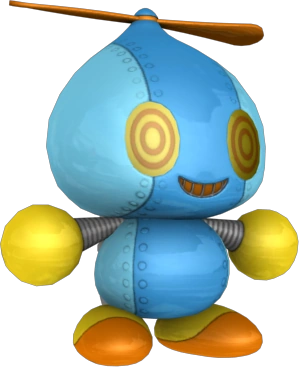
Extended Family: Temporary Companion
Temporary companions are very similar to guides, except instead of giving the player advice they act as a health bar for the player. They change colour or disappear entirely to reflect the state of the protagonist's health. Using a character to indicate health helps to keep clutter off the HUD - it was a technique utilised primarily in platformers in the early 90s due to the limitations on screen size.

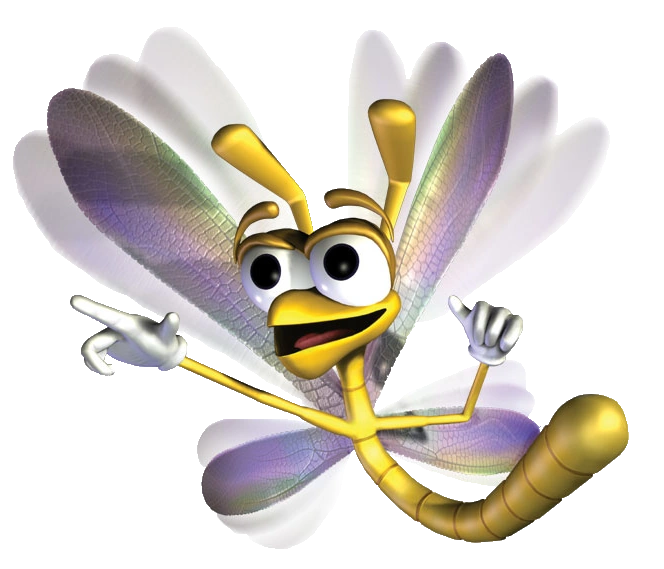
Extended Family: Evil Sidekick
Sometimes the antagonist of a game is written as being 'brawn over brains', this is where the evil sidekick comes in. Often evil sidekicks are intelligent characters to contrast against their superior; they will help the antagonist strategise and they can also take the role of a boss before the player faces the antagonist. These roles can sometimes be switched, where you have an intelligent antagonist who is using the dim-witted nature and blind faith of the sidekick to their advantage.
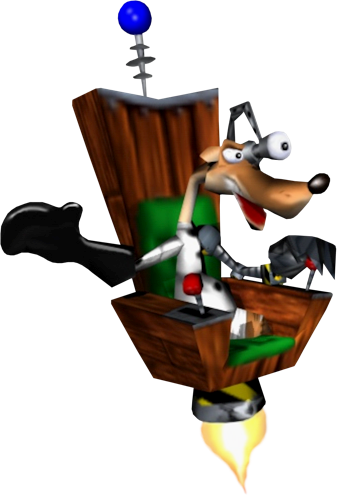
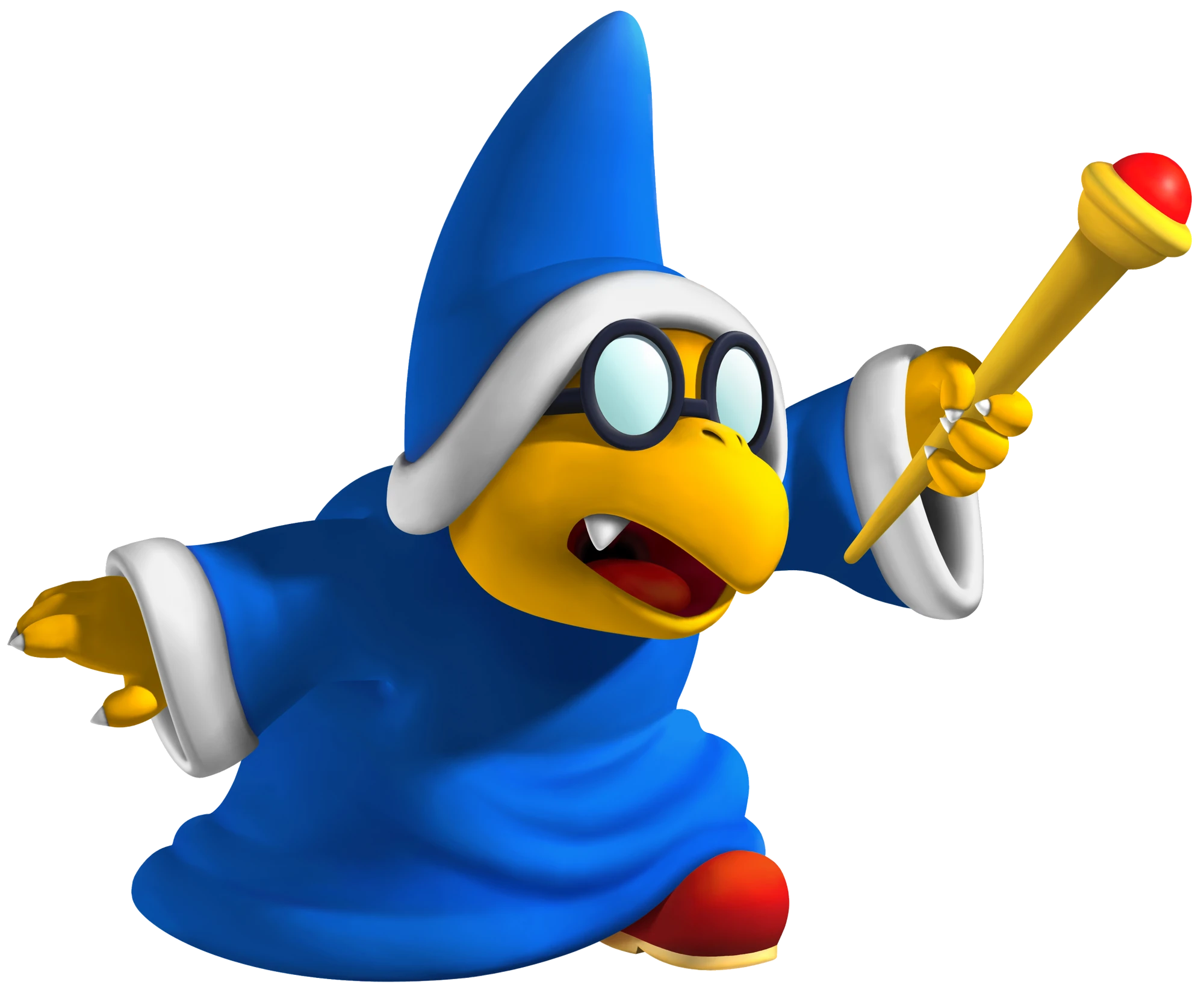
Extended Family: Friendly Rival
A different angle of motivation to the love interest is the friendly rival, this is a character that frequently challenges the protagonist, trying to prove that they are superior in whatever medium it may be. Some friendly rivals are friends from the very beginning, but it is also common for the character type to start as an enemy who actually wants to get something out of the protagonist. This type of rival goes through written development where they come to understand the protagonist's motives and choose instead to challenge them on friendlier terms.
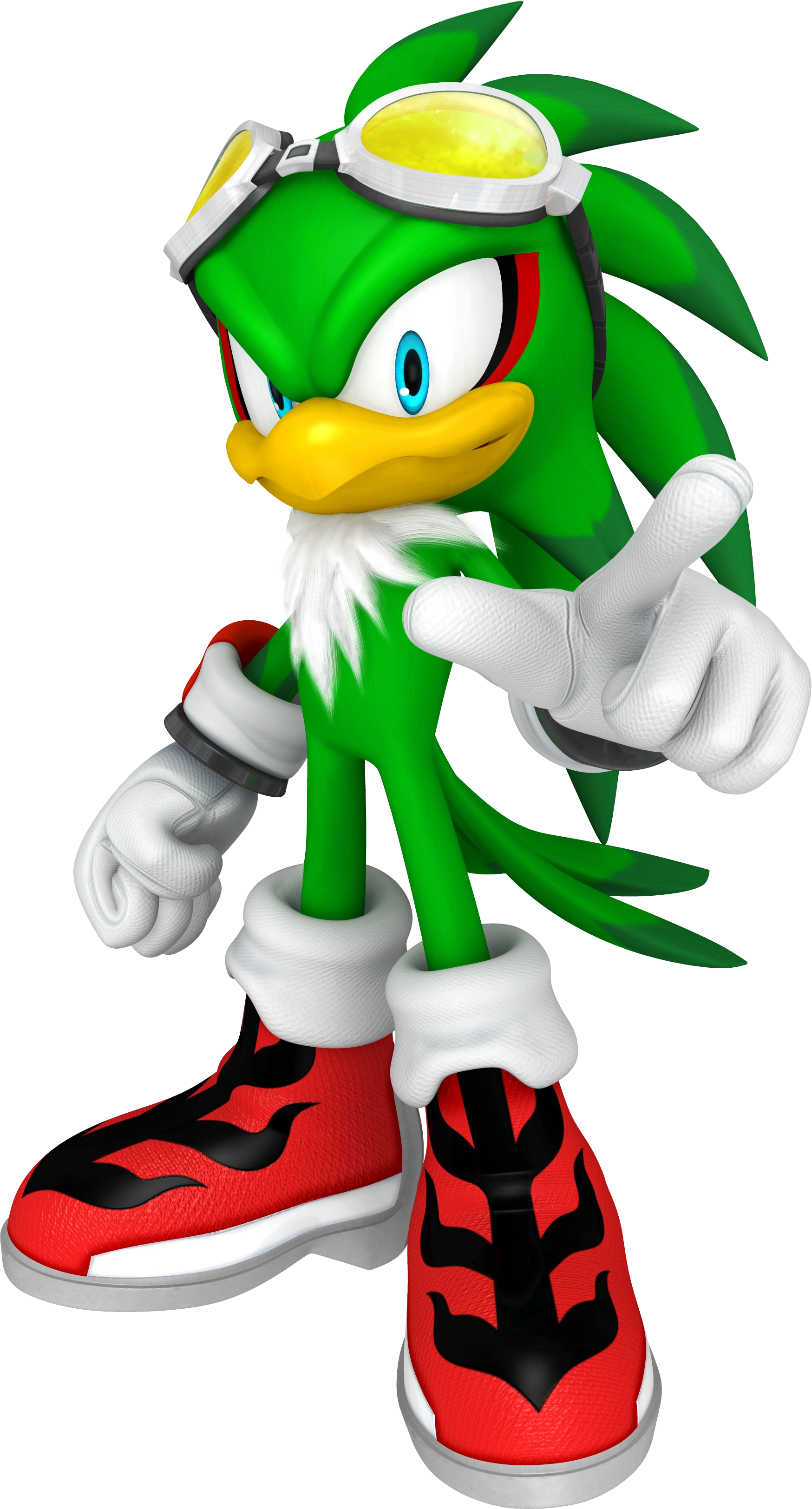

Custom characters aren't very common for mascot platformers, since it can be hard to market something that is customisable within a franchise of distinctly recognisible characters. Custom characters are used so the player can feel like they have some influence on how the game is played, even if this change is purely cosmetic. Custom characters often have zero or at least a basic personality since it is easier for the player to project themselves onto a blank slate.
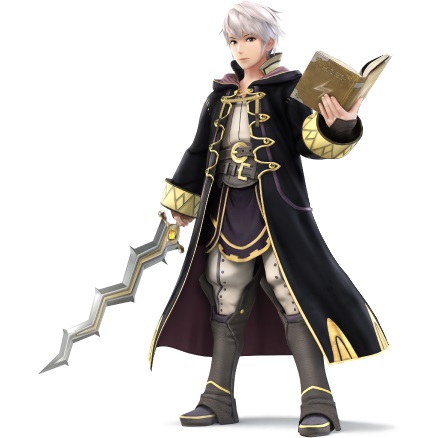
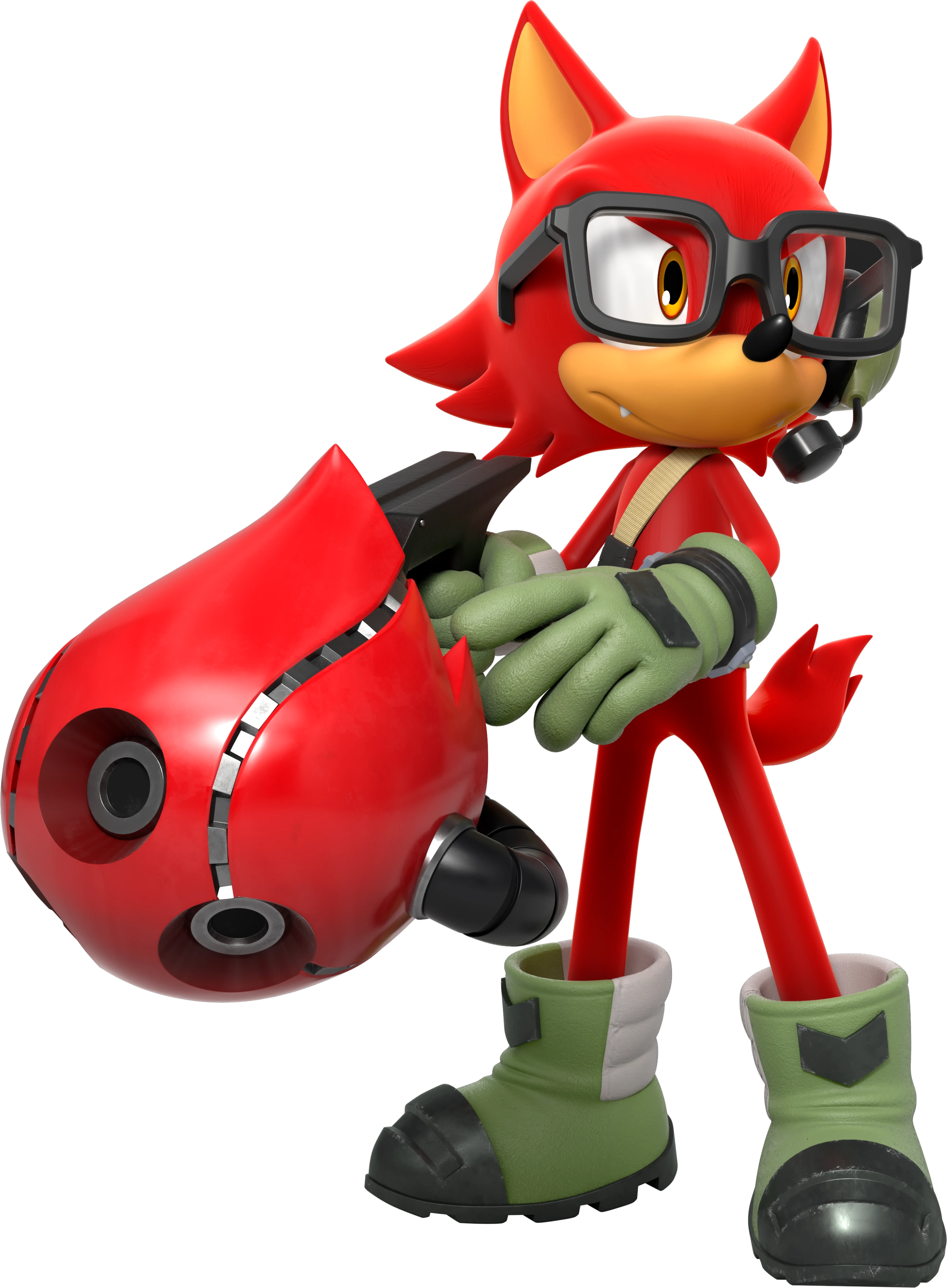
I'm splitting this topic into two posts due to the length of it; in part 2 I will discuss what I believe the advantages and disadvantages of the core and extended family members are and how that impacts both the mascot character themself and the mascot characters' franchise.
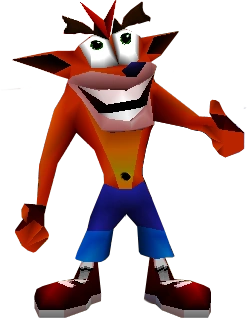
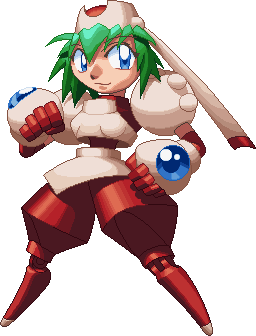


No comments:
Post a Comment